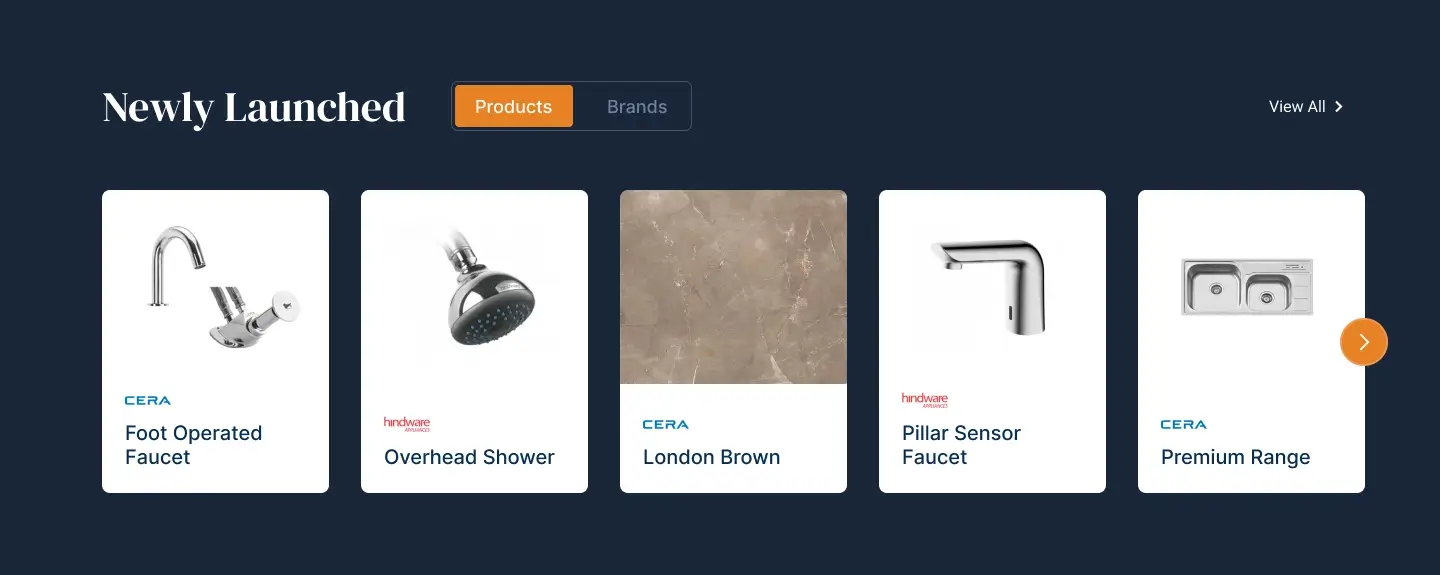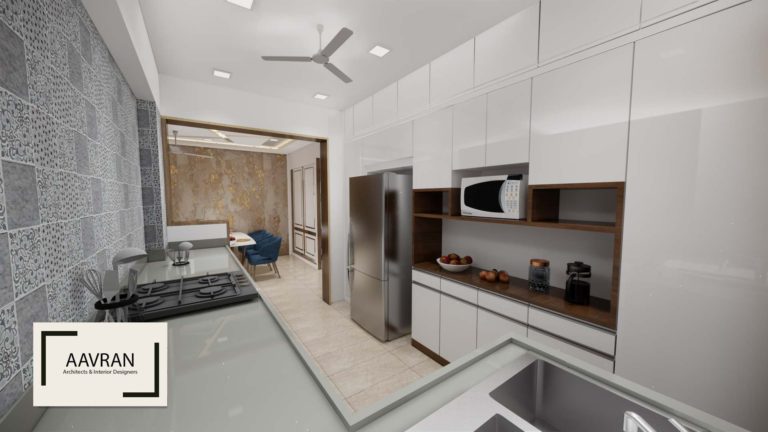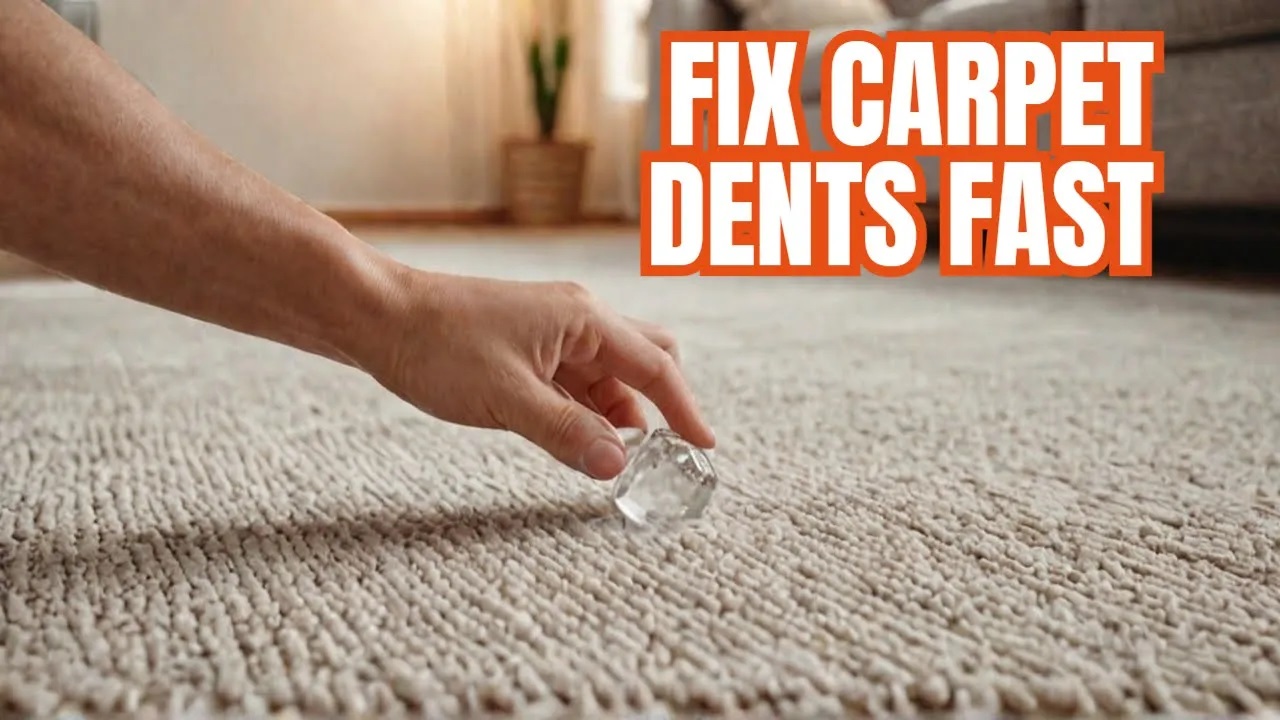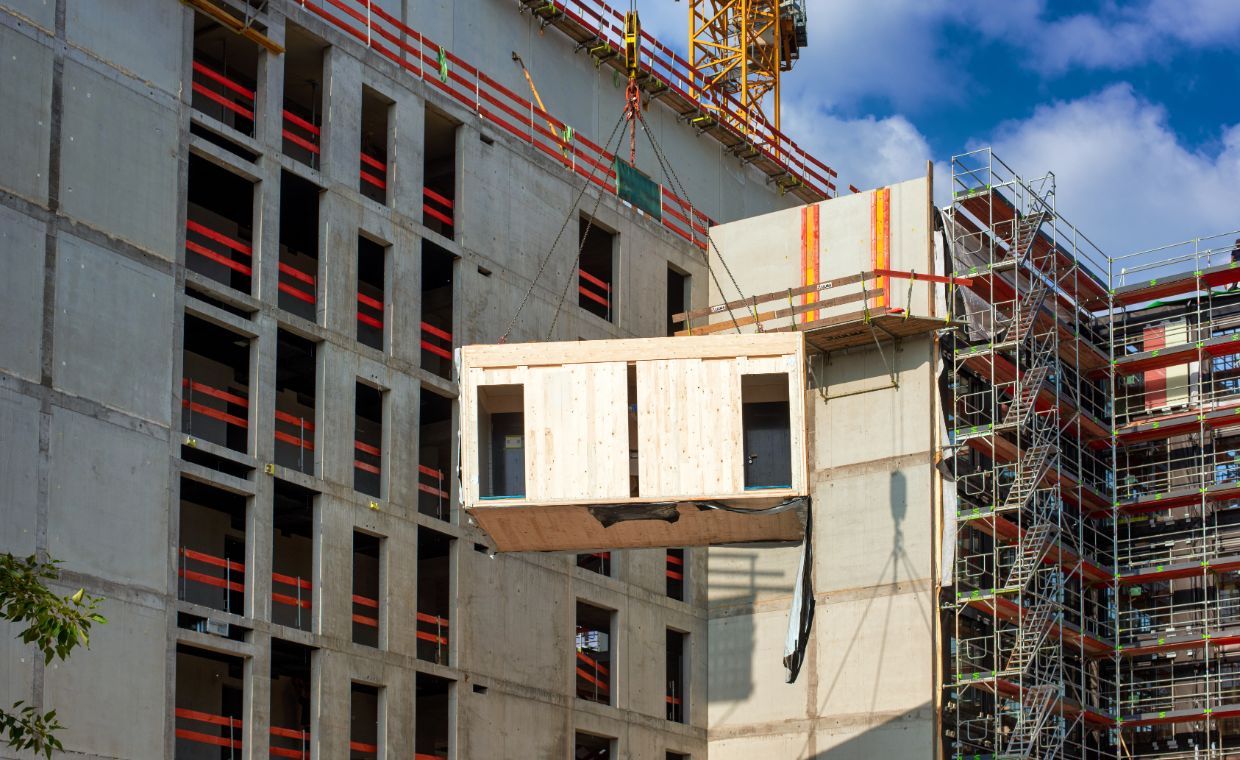
Table of Contents
Quick Summary
- Explains why ADA-compliant concrete walkways improve home safety and accessibility.
- Covers key design factors: slope, width, surface finish, and transitions.
- Offers guidance on drainage, edging, and material choices for long-lasting results.
- Includes practical tips for lighting, retrofitting existing paths, and avoiding common mistakes.
- Provides a checklist for slope, width, landings, and drainage before pouring concrete.
- Helps homeowners communicate effectively with contractors to ensure ADA-informed design.
Ever tripped on a raised slab or struggled to push a stroller over a steep walkway? Small design choices can make a path welcoming-or frustrating. If you’re planning a new path or replacing cracked concrete, making it ADA‑compliant boosts safety, curb appeal, and long‑term value. Here’s how to get it right the first time.
Why ADA Compliance Matters
Even if a single‑family home isn’t legally required to meet the ADA, its best‑practice standards create safer, more accessible walkways for kids, older adults, guests with mobility devices, and everyday use. Accessible design also reduces liability risks and can future‑proof a home during aging‑in‑place upgrades. In resale conversations, a home that “just works” for more people often stands out.
The ADA Basics, Translated for Homes
ADA guidance focuses on removing barriers and enabling safe, independent travel. For walkways, four pillars matter most:
- Slope and cross‑slope
- Width and clear passage
- Surface smoothness and joints
- Transitions, edges, and landings
Treat these as a checklist during planning and layout-small deviations in grade or spacing can undermine accessibility even if the concrete looks great.
Slope: The Make‑Or‑Break Detail
- Running slope: Aim for a gentle grade no steeper than 1:20 (5%). That’s 5 inches of rise over 100 inches of run. Anything steeper starts behaving like a ramp and gets more complex to use and maintain.
- If a steeper slope is unavoidable, treat it like a ramp: target 1:12 (8.33%) maximum, with level landings at the top and bottom, and at least every 30 feet of run. Landings should be at least 60 inches long to allow resting and manoeuvring.
- Cross‑slope: Keep cross‑slope (side‑to‑side tilt) at or below 1:48 (about 2%). This sheds water without forcing walkers or wheelchair users to “fight” the sideways angle.
Practical tip: Before any concrete is poured, walk the staked path with a level and a straightedge. Adjust with base grading, not extra concrete-concrete is for finishing, not fixing layout mistakes.
Width: Comfort Now, Flexibility Later
- Minimum clear width: 36 inches works in tight spots, but 48 inches feels comfortable for most people and mobility devices. If space allows, 60 inches creates passing room and easier turns on corners and at entries.
- Pinch points: Utilities, landscaping boulders, mailbox posts, and decorative columns often create narrow points. Plan those clearances on the drawing-don’t leave them to the field crew.
A 60‑inch turning circle or a “T‑turn” space at entries and gates adds welcome maneuvering room and avoids awkward backing.
Surface: Smooth, Stable, Slip‑Resistant
- Finish: Choose a light broom finish-enough texture for traction when wet, not so rough that it catches canes or walker tips. Avoid exposed aggregate or heavy swirls where small wheels can get stuck.
- Joints: Keep control joints no wider than 1/4 inch where possible and avoid creating sharp edges. If expansion joints are necessary, consider preformed fillers or sealants to minimize gaps.
- Levelness: Limit lips at joints or transitions to 1/4 inch. If a bevel is used, a beveled edge up to 1/2 inch can be acceptable, but the goal is smooth, flush transitions.
- Debris and spalling: Plan for drainage and downspout discharge away from the walkway to reduce winter heaving and edge damage.
If snow is common, discuss heated‑walk options or ensure deicers used won’t attack concrete. Magnesium chloride is typically gentler than rock salt.
Landings, Turns, and Door Thresholds
- Landings: Provide level landings at entries, slope changes, and direction changes. A 60‑inch‑by‑60‑inch landing offers comfort and flexibility.
- Door areas: Keep the area immediately outside doors level for at least 48 inches in the direction of travel. Thresholds should be as flush as feasible; where unavoidable, keep them minimal and beveled.
- Turns: For 90‑degree turns, widen the inside corner or provide a 60‑inch by 60‑inch square to allow a smooth arc rather than a tight pivot.
Think of landings as “breathing spaces” along the route-places to rest, reset, and reorient.
Edges, Borders, and Landscape Interfaces
- Edge protection: Where a walkway borders a drop‑off, add edge protection such as a curb, mow strip, or tightly set pavers to prevent wheels from slipping off.
- Planting beds: Keep mulch, roots, and irrigation spray off the walkway. Roots can lift slabs; overspray can cause winter ice. Use root barriers and targeted drip lines near edges.
- Decorative borders: If adding paver or stone borders, maintain a flush surface. Avoid raised edging that creates a trip hazard or snag point for rolling devices.
A clean border won’t just look polished-it also guides foot traffic and keeps gravel or soil from migrating onto the path.
Drainage and Icing Prevention
- Positive drainage: Grade surrounding soil to move water away from the path. Avoid “birdbaths” that collect water and freeze in winter.
- Cross‑slope + surface: The 1:48 cross‑slope, paired with a consistent broom finish, channels water without forcing a sideways lean.
- Downspouts and sump discharge: Route water under or away from the walkway. A simple splash block at the wrong spot can undermine concrete and create seasonal heaves.
Consider a subtle trench drain across the garage‑to‑entry paths where runoff concentrates. Discreet, functional, and a big safety win.
Materials and Reinforcement Choices
- Mix design: A 4,000 PSI air‑entrained mix performs well for freeze‑thaw regions. Air entrainment helps resist scaling and deicer damage.
- Thickness: 4 inches is typical for pedestrian walkways; thicken edges or step up to 5 inches at drive crossings and snow blower routes.
- Base: A compacted granular base (4–6 inches) minimizes settling and makes final levelling easier. It’s the best insurance against trip‑causing lips later.
- Reinforcement: Welded wire mesh or fibre reinforcement helps control cracking, but proper jointing and base prep are more important than rebar in most walkways.
Ask for joint layout on the plan, not “we’ll cut it later.” Cuts should be straight, consistent, and timed during early curing to guide cracks.
Lighting and Visibility
- Path lighting: Low‑glare, evenly spaced lights improve safety without harsh shadows. Aim for consistent illumination at transitions and turns.
- Color contrast: Where pathways meet driveways or steps, use a subtle color or texture contrast to signal a change underfoot.
- House numbers and entries: A clearly lit house number and entry landing make night-time navigation safer for guests and deliveries.
Avoid up lighting that blinds walkers. Shielded fixtures focus light where it’s needed-on the walking surface.
Retrofitting Existing Walkways
Not replacing everything? Target the highest‑impact fixes first:
- Grind or ramp minor lips over 1/4 inch with an epoxy mortar or beveled transition strip.
- Add a landing at a steep door approach; regrade a short section to reduce running slope.
- Replace one or two panels to correct cross‑slope and remove ponding areas.
- Widen a pinch point by shifting edging or removing encroaching plantings.
- Improve lighting and add contrasting nosing at steps or changes in level.
A focused weekend project can transform usability-no full demo required.
Common Homeowner Pitfalls
- “It looks flat enough.” A path can look flat to the eye yet exceed slope limits over a long run. Measure, don’t guess.
- “We can fix grade with extra concrete.” That invites thick‑thin slab problems and cracking. Fix the base first.
- “More texture equals more traction.” Overshooting texture can catch canes, heels, and wheels. Choose a controlled broom finish.
- “Any joint filler works.” Some sealants shrink or become brittle in cold. Use materials designed for exterior concrete movement.
If a contractor shrugs off slope or joint questions, press pause. The walk will last decades-details matter.
Budgeting and Timeline
- Costs: Expect a professional walkway to range based on region and complexity. Straight runs with simple grading cost less; curves, landings, and drainage features add time but greatly improve function.
- Schedule: From excavation to final cure, most projects run 3–7 days depending on weather, inspections, and complexity. Avoid heavy use for at least a week; full strength develops over several weeks.
- Upgrades worth it: Wider paths, added landings, and drainage improvements deliver everyday returns in comfort and safety.
Value isn’t just the pour price-it’s the walkway that performs flawlessly in rain, snow, and everyday life.
How to Talk to a Contractor
Use these prompts during bids and walkthroughs:
- “What’s the planned running slope and cross‑slope? Can you show them on the plane?”
- “Where will landings go, and how large?”
- “What finish will you use to balance traction and smoothness?”
- “How will you handle downspouts and low spots to avoid icing?”
- “What’s the joint layout, spacing, and filler type?”
A good contractor answers confidently, shows calculations, and welcomes layout tweaks before forms go in.
Quick Specification Checklist
- Width: 48 inches minimum; 60 inches preferred at entries and turns.
- Running slope: ≤ 1:20 (5%); treat steeper runs as ramps with landings.
- Cross‑slope: ≤ 1:48 (~2%).
- Landings: 60 inches minimum at entries, slope transitions, and direction changes.
- Surface: Light broom finish; joints controlled, lips ≤ 1/4 inch.
- Base: Compacted granular base 4–6 inches; mix ~4,000 PSI with air entrainment in freeze‑thaw zones.
- Drainage: Positive flow away from the path; manage downspouts.
- Lighting: Even, low‑glare path lighting; contrast at transitions.
Print this, mark up the site plan, and bring it to the pre‑pour meeting.
Conclusion
An ADA‑informed concrete walkway makes a home more welcoming, safer, and easier to live in-without sacrificing style. Prioritize slope, width, smooth transitions, and drainage, and the result will feel effortless underfoot for years. If help is needed translating these specs into a site‑ready plan, consult an experienced concrete contractor to review grading, joints, and landings before any forms go in.
Also Read: Concrete Driveways: Why Hiring a Professional Contractor is Worth It
FAQs – ADA-Compliant Concrete Walkways
1. What does ADA-compliant mean for a home walkway?
It means the walkway follows accessibility standards that ensure safe and easy use for everyone, including those with mobility aids or strollers.
2. What is the maximum slope for an ADA-compliant walkway?
The slope should not exceed 1:20 (5%). Anything steeper is treated as a ramp and requires landings.
3. How wide should a residential concrete walkway be?
A minimum of 48 inches is recommended, with 60 inches preferred for comfortable passing and turning.
4. What type of surface finish is best for accessibility?
A light broom finish offers slip resistance without making the surface rough or difficult for wheels and canes.
5. How can I make my existing walkway more accessible?
You can grind small lips, improve drainage, add landings, adjust slopes, and improve lighting for better visibility and safety.






























